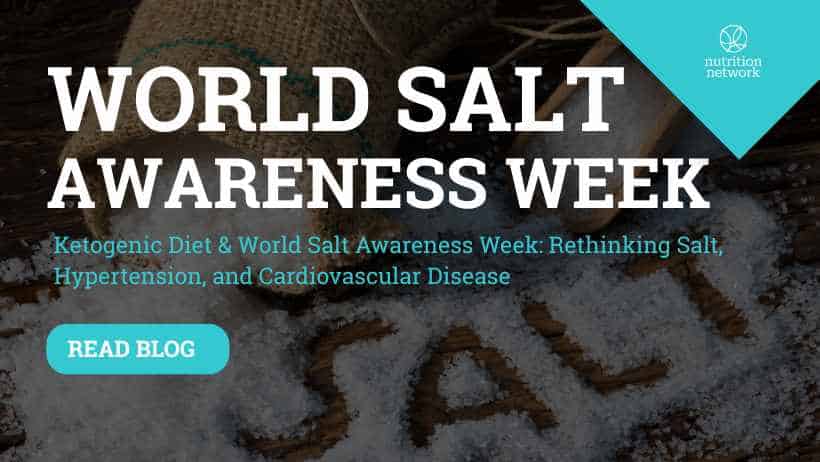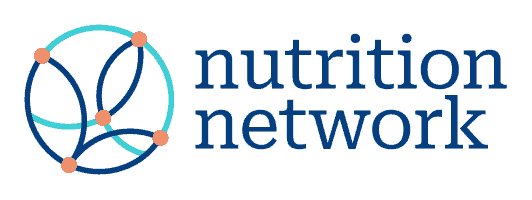
As World Salt Awareness Week shines a spotlight on dietary sodium, it’s time to challenge the long-standing narrative that salt is the primary villain in the story of hypertension and cardiovascular disease. Contrary to decades of public health messaging, recent high-quality research suggests that our focus on reducing salt intake may be misdirected. Instead, we should be looking more closely at processed foods, sugar, and insulin resistance the real root cause behind hypertension and cardiovascular disease
The Myth of Salt and Hypertension
For years, the salt–blood pressure–heart disease connection was accepted as settled science. Public health guidelines encouraged drastic sodium restriction, often recommending levels as low as 1.5 grams per day. Yet evidence continues to mount against this simplistic view.
In a critical review of the sodium–cardiovascular disease hypothesis, DiNicolantonio et al. (2015) argue that the evidence supporting sodium restriction for preventing cardiovascular disease is weak and inconsistent [1]. Numerous population studies, including those cited by Alderman et al. (2017), have failed to show a clear benefit of sodium reduction on cardiovascular outcomes, and in some cases, low sodium intake was associated with increased mortality [2].
In fact, the 2013 Institute of Medicine (IOM) report concluded there is no consistent evidence that sodium intake below 2.3 grams per day leads to better health outcomes, particularly in people with diabetes, chronic kidney disease, or pre-existing cardiovascular conditions [3].
The True Culprit: Insulin Resistance and Metabolic Dysfunction
If not salt, then what is driving our modern epidemic of hypertension and heart disease?
The answer lies in the metabolic derangements caused by ultra-processed, high-carbohydrate diets specifically, the development of insulin resistance. As discussed in a landmark BMJ Open Heart paper by DiNicolantonio and Lucan (2014), the focus should be shifted from sodium to sugar, which contributes more directly to hypertension through effects on insulin, sympathetic nervous system activation, and vascular tone [4].
Insulin resistance promotes sodium retention, increases sympathetic activity, and drives inflammation all of which contribute to elevated blood pressure [5]. According to Volek et al. (2018), ketogenic diets, which reverse insulin resistance, improve blood pressure, inflammation markers, and lipid profiles [6].
Rethinking Salt Intake: A J-Shaped Curve
Rather than being linear, the relationship between sodium intake and cardiovascular outcomes follows a J-shaped curve. This means that both very low and very high sodium intakes are associated with increased risk, while moderate intake between 3 to 5 grams per day is associated with the lowest risk [2,7].
Practical Recommendations: Optimizing Sodium and Metabolic Health
If you’re eating a whole-food, ketogenic or low-carbohydrate diet, your salt requirements may be higher than the general population. That’s because low insulin levels promote sodium excretion through the kidneys. In this context, increasing salt intake can prevent symptoms like fatigue, headaches, dizziness, and even palpitations.
General Guidelines for Sodium Intake on a Ketogenic Diet:
- Aim for 4–7 grams of salt per day (1.6–2.8 grams of sodium) for most healthy adults.
- Increase intake during periods of sweating, exercise, fasting, or initial keto-adaptation.
- Use mineral-rich salt (e.g., sea salt or Himalayan salt) when possible.
- Avoid ultra-processed foods—these are the main contributors to harmful sodium intake.
Salt is Not the Enemy
The evidence is clear: the vilification of salt is outdated and unsupported by robust data. Instead, insulin resistance, driven by high-carbohydrate, processed diets, is the root cause of hypertension and cardiovascular disease in most individuals. As we observe World Salt Awareness Week, let’s shift the conversation away from fear-based salt restriction and toward metabolic health, real food, and science-backed dietary interventions.
References
- DiNicolantonio JJ, Lucan SC, O’Keefe JH. The wrong white crystals: not salt but sugar as aetiological in hypertension and cardiometabolic disease. Open Heart. 2014;1(1):e000167. https://openheart.bmj.com/content/1/1/e000167
- Alderman MH, Cohen HW. Dietary sodium intake and cardiovascular health. Am J Med. 2017;130(7):715–716. https://www.sciencedirect.com/science/article/pii/S0002934317305089
- Strom BL, Anderson CA, Menon V. Dietary sodium intake and cardiovascular disease risk—measurement matters. Am J Med. 2013;126(4):e17–e18. https://www.sciencedirect.com/science/article/pii/S0002934313005949
- DiNicolantonio JJ, Lucan SC. Salt confusion: the sodium hypothesis revisited. Open Heart. 2014;1(1):e000167.
- Hall JE, do Carmo JM, da Silva AA, Wang Z, Hall ME. Obesity-induced hypertension: interaction of neurohumoral and renal mechanisms. Circ Res. 2015;116(6):991–1006. https://www.sciencedirect.com/science/article/pii/S003306201530030X
- Volek JS, Phinney SD, Forsythe CE et al. Carbohydrate restriction has a more favorable impact on the metabolic syndrome than a low fat diet. Lipids. 2018;53(1):1–13. https://www.ncbi.nlm.nih.gov/pmc/articles/PMC6140170/
- Mente A, O’Donnell M, Rangarajan S, et al. Association of urinary sodium and potassium excretion with blood pressure. N Engl J Med. 2014;371(7):601–611.
